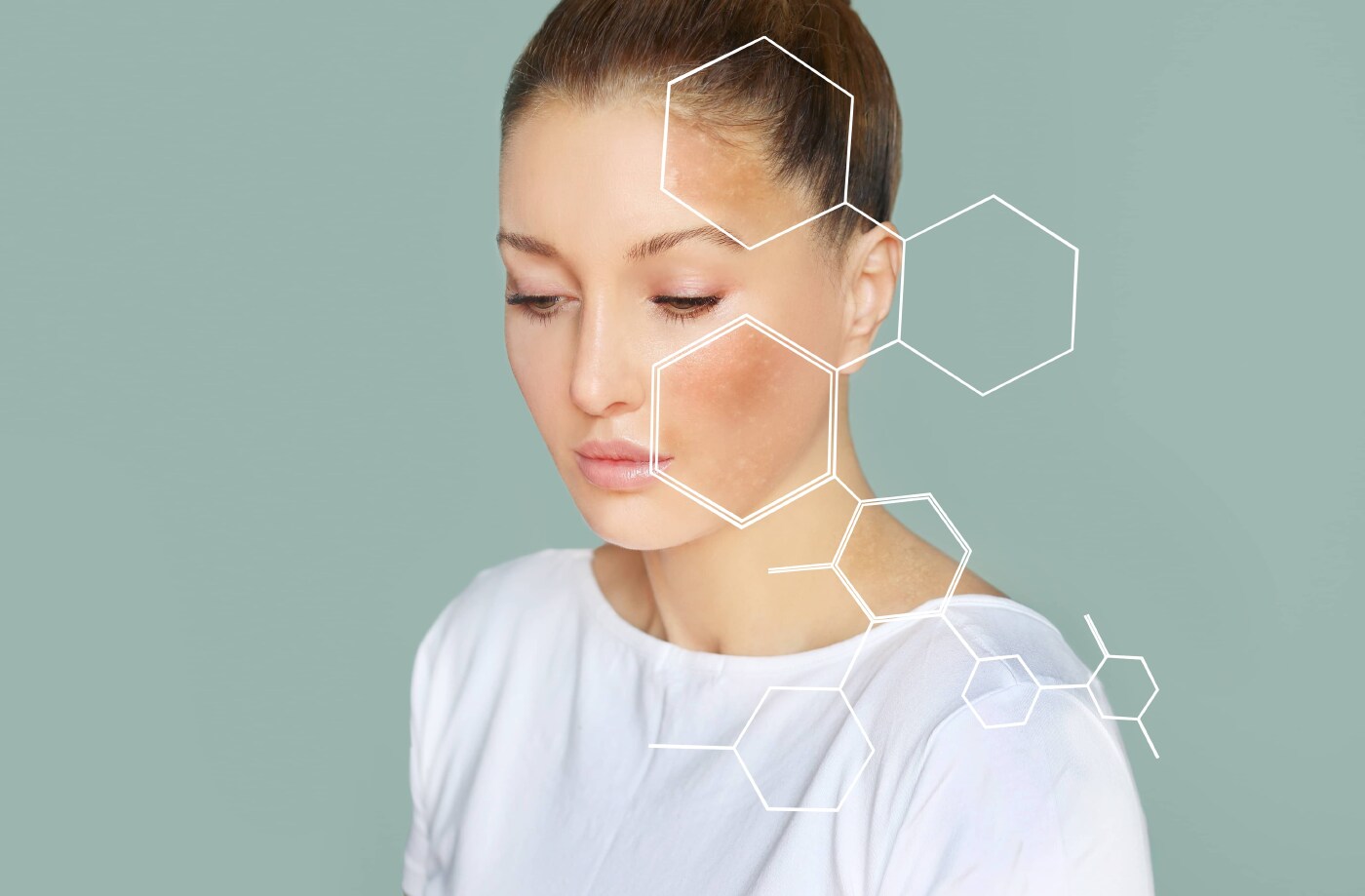7 treatment options for hyperpigmentation

Hyperpigmentation is a condition that ends up giving your skin a darker shade. It can be caused by several things, such as skin inflammation, acne, eczema and deep injuries, and is generally found to be more common among people with dark skin. Hyperpigmentation treatments are generally known to take some time in showing results.
Postinflammatory hyperpigmentation (PIH) is a common acquired disorder that normally occurs after a skin inflammation or injury. It is chronic and is found to be more common and severe in darker-skinned people. While the condition typically improves naturally, hyperpigmentation treatment would take anywhere between months to years.
People with dark skin tones get dark spots because certain factors trigger their skin to produce extra melanin that gives skin its color. These commonly occur when:
- A pimple or a psoriasis patch gradually fades away
- An insect bite, a deep gash or a burn, leaves behind a ‘healing mark’.
- There’s some reaction to some specific medicines
- Your skin reacts to hair
- Your pregnancy triggers hormonal changes
Here are 7 options for pigmentation treatment:
Chemical peels:
Chemical peel skin pigmentation treatment involves the use of solutions such as glycolic acid, salicylic acid and the Jessner solution. The advantage of this treatment is that they help remove the excess skin pigment, by controlling the destruction of skin layers depending on the depth of the peel.
Retinoids
Retinoids is derived from Vitamin A and assists in producing more epidermal cells, apart from carrying anti-inflammatory properties. Topical retinoids treat pigmentation disorders such as melasma and are shown to reduce hyperpigmentation in patients with SOC. Retinoids can also be combined with other topical agents and treatments such as superficial chemical peels which can help to improve hyperpigmentation treatment.
Photoprotection:
Simply put, ‘Photoprotection’ is the biochemical process of protecting your skin from the harsh impacts of the sun’s UV rays that causes skin damage such as skin inflammation responsible for hyperpigmentation. You can prevent it from happening by using medication, oral treatments or even sunscreens that absorb high-energy UV rays and physical blockers that can reflect or scatter light.
This is a treatment that helps reduce the impact of UV rays and visible light exposure, that causes skin inflammation, responsible for accelerating the spread of pre-existing hyperpigmentation.
Non-ablative fractional laser
Non-ablative lasers are used for skin rejuvenation that helps in resurfacing its upper layers, especially darker skin textures. They help in softening the appearance of acne and scars and are a perfect choice for those seeking slow healing with less downtime. The procedure uses controlled thermal energy which stimulates the production of the skin’s collagen levels.
Depending on the patient’s skin type, this is a procedure requiring the production of coagulative damage within the dermis below the wounding threshold causing melanin extrusion.
Microneedling:
If you are looking for a safer and effective way to cure hyperpigmentation, and one that is minimally invasive, then microneedling is a good option. Microneedling effectively helps in skin rejuvenation thanks to its method of speeding up the skin’s collagen levels, while also effectively treating large skin pores and scars caused by surgery and melasma. Given its record of limited side effects and quick recovery times, it is a worthier alternative to invasive and painful procedures such as laser skin resurfacing.
Platelet-rich plasma: (PRP)
Platelet-rich Plasma or PRP as it is popularly known, helps to promote tissue-healing and rejuvenating your skin. PRP has over the years, gained a formidable reputation for treating multiple skin issues, including hyperpigmentation, alopecia, healing of refractory cutaneous ulcers, and managing acne scars. The strongest evidence of this is in its approach to facial skin rejuvenation.
Dermabrasion:
Dermabrasion is a treatment that involves using a wire brush or sterilized sandpaper to sequentially remove the layers of the skin to the right level. After surgical cleansing, the scars are marked with the patient in sitting position, the skin is stretched and dermabrasion is performed up to the base of the scars to assist in treating hyperpigmentation.


